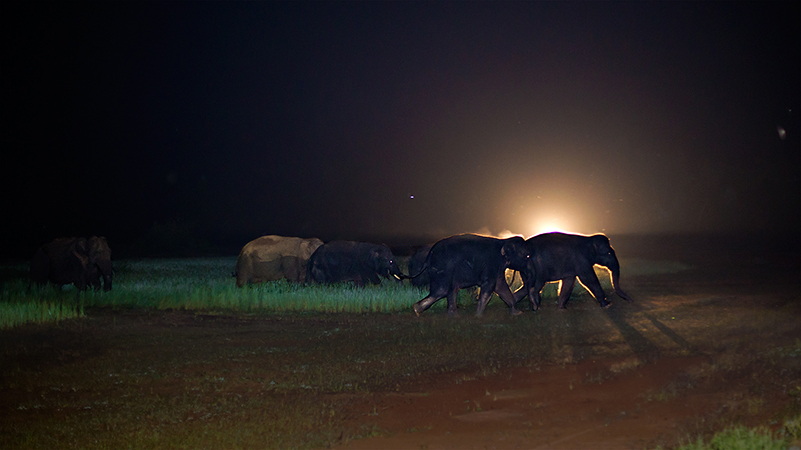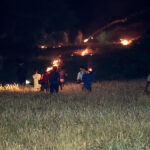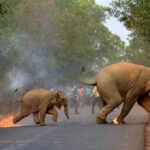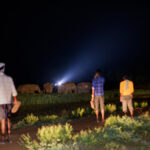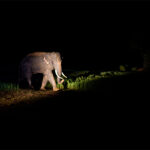Human elephant conflict has become a major administrative and social headache in South West Bengal, read in the districts of Purulia, Bankura and West Midnapore. Negative interactions ensued ever since elephant herds from Dalma Wildlife Sanctuary in Jharkhand started migrating into the Jhargram Division in West Bengal from around1987.. In 2014, the Supreme Court directed the states of West Bengal, Jharkhand, Odisha and Chattisgarh to ensure safe passage of elephants. However, the passages are not braced with safety measures so as to speak.
One of the prominent threats in such passageways is the rampant abuse of elephants by fire-torch throwing parties called ‘Hulla’. This video is what happens when rowdy mobs with miscreants and drunkards are equipped with fire torches that exacerbate conflict rather than solve it.
The loss of human life and damage to crops and property on account of elephants have risen due to such illegal “hulla party” activities. The “hulla drives” lead to further agitation by elephants especially when they have calves and they tend to retaliate which in most cases result in human deaths. An average of 350 people has been killed annually over the last five years (2006–10) in the conflict with elephants across India with majority of these cases restricted to Jharkhand, West Bengal, Odisha and Chhattisgarh. The other threat is electrocution from unattended wires. It is indeed shocking that our National Heritage Animal is subjected to such torture and abuse despite there being numerous laws and departmental directives prohibiting such abuse.
HEAL is committed to increase cultural tolerance towards Gajah and simultaneously eradicate threats in its passage. HEAL is providing photo documentation and factual information from the field to aid litigation against hulla drive. In order to prevent elephant electrocution, we met officials of WBSEDCL (website link) along with our collaborating organisation, PUBLIC and these are some of the salient positive pointers from the meet – HEAL will provide WBSEDCL with a map depicting foraging areas of elephants with help from scientists at SACON (website link). When this map is overlaid with WBSEDCL’s High Tension wire maps, we get a hazard zone map thus helping the electricity department to prioritize zones for insulating wires. A communication plan will also be developed in due time for distributing conservation materials to include resident communities in this conservation venture.

